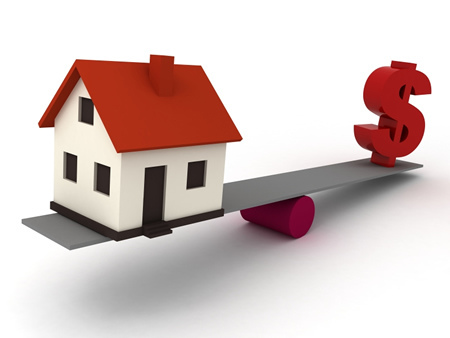Jennifer Riner, Zillow
Good real estate investments require meticulous research. With large sums of money on the line, investors need to mentally prepare themselves for every potential negative outcome. Jumping into a purchase with no prior experience and lack of property knowledge can cause financial and mental strain.
Before settling on a property and financing a down payment, make sure to follow these three crucial steps to avoid potential headaches.
1. Thoroughly Review
Most buyers think they can tell what kind of shape a building is in just by eyeballing it – that’s not the case. There are various underlying issues within building structures only professionals can identify and examine, not to mention estimate potential costs for repair. Cracks on the walls may seem minor, for example, but could be the result of poor foundations that can cost owners thousands of dollars in repairs.
While inspectors should always be involved before finalizing property purchases, buyers can do some investigation early on to determine if cracks indicate more serious issues. Homes in warm climates often have slab on grade foundations, which is concrete poured over soil. Problems arise in slab on grade configurations when soil expands and contracts, causing movement in certain regions like Atlanta and along the Gulf Coast.
Carefully examine the walls and determine what cracks are visible – anything appearing jagged on a 45 degree angle may indicate sheetrock problems. Look inside crawlspaces if possible – extremely dry, cracked flooring is likely the result of alternating periods of heavy moisture and dry spells. Check around the exteriors as well, paying special attention to cracks above doors and windows or stair-stepping cracks on bricks. Keep in mind, horizontal cracks are due to hydrostatic pressure, which is water pushing against the foundation caused by poor drainage. Vertical cracks might be a settling problem from a ground-heaving issue.
2. Calculate and Compare
Accurately crunching numbers largely depends on post-purchase plans. Investors may decide to fix and flip them or buy move-in ready properties to start leasing to tenants right away. Properties requiring renovations aren’t going to generate a profit right away, but probably cost less than upgraded options. Some people buy homes in warm climates to rent out during peak vacation seasons and are happy just to break even since they are able to enjoy them throughout the year.
Before deciding on what type of property investment to pursue, write down the goals and reasons behind investing in real estate. If short-term profit is the goal, multi-unit buildings in updated condition may be the best options. Those with less money for high down payments might consider fixer-upper properties they can slowly invest in to generate long-term success. Personal financial situations and plans for the future help investors determine the best business models for their personal monetary goals.
3. Get Multiple Opinions
First-time investors should seek professional guidance before signing any contracts. But most don’t realize their friends and family can be great for scoping out properties and determining business plans. Those with personal ties to investors can help keep their expectations realistic should they get over-excited and make unattainable plans. For instance, an investor may think they can make large repairs themselves and save money when flipping properties, but their parents and siblings might talk them out of it because they know that person has never completed do-it-yourself repairs before.
While extenuating circumstances may negatively impact real estate investments and can’t always be avoided, these guidelines can help investors make more informed decisions about potential properties.
Find Jennifer on LinkedIn at Linkedin.com/in/jenniferriner and on Twitter @jenniferriner


